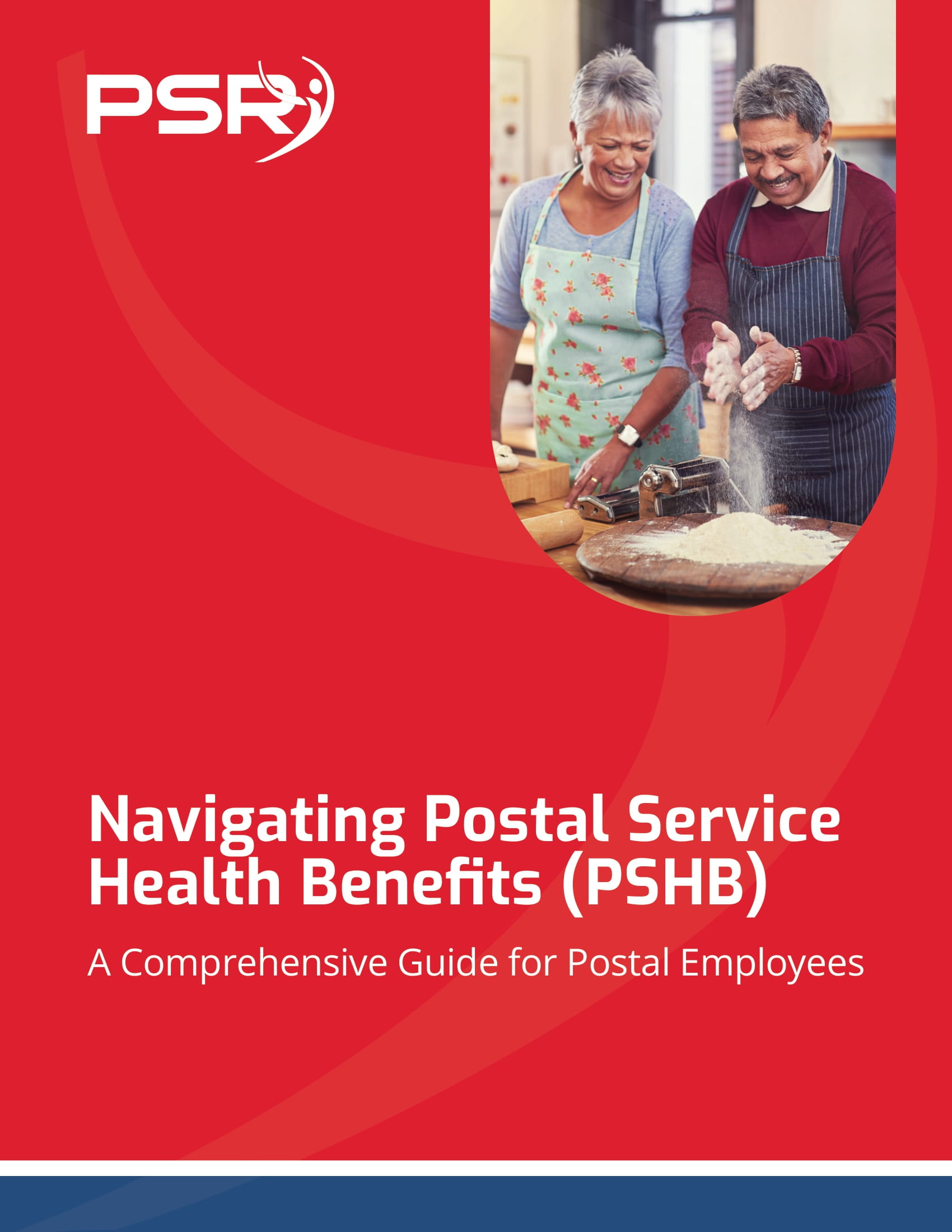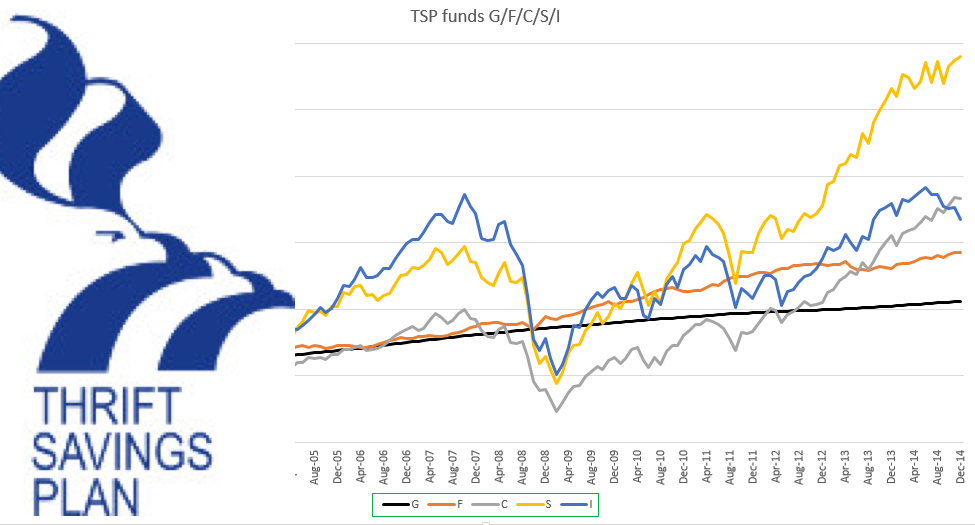What Are The Deferred and Postponed Annuity Options? Sponsored by Todd Carmack
We will be going over deferred and postponed annuities for those federal employees that are looking to retire soon by Todd Carmack.
When it comes to deferred annuities, this option is often the best if you are leaving your federal post before you have reached the age and time of service necessary to retire with an immediate annuity. However, a minimum of 5 years of creditable service must be under your belt, and you cannot receive a refund of the retirement contributions when you retire.
For employees under the Civil Service Retirement System (CSRS), you can apply for a deferred annuity at 62 years of age.
- Also Read: FAA, Law Enforcement, and Special Federal Employee Categories—Here’s What Makes Their Retirement Unique
- Also Read: Blending Private and Public Sector Retirement Plans Is Complicated—Here’s Where Couples Get It Wrong
- Also Read: The Silent Shift in Postal Service Retirement Benefits That Could Change Everything by 2026
Under FERS, there is also the option to be eligible for a deferred annuity if you retire at your minimum retirement age with at least ten years of creditable service. This is called the MRA+10. But your annuity payments will be deducted five percent for each year you are under 62. However, if you have a minimum of 20 years worked and your annuity starts at 60 or later, Todd Carmack said you can avoid the penalty.
Deferred annuities are determined by utilizing the CSRS and FERS calculations. This is: your high-3 and how many years and full months of creditable service worked.
Under the MRA+10, both CSRS and FERS participants will be able to start receiving the cost of a living increase when they reach the age of 62.
Those under FERS that defer their annuity Will not be able to get a special retirement supplement. This supplement approximates the SS benefit that is accumulated while under FERS.
If you become a deferred annuity retiree, whether under CSRS or FERS, you will never be able to reapply for FEHB (Federal Employees Health Benefit) or FEGLI (Federal Employees’ Group Life Insurance) benefits.
Another option is postponing your annuity, but this can only be done by workers under FERS.
Those that use the MRA+10 option to retire, you can delay when you begin receiving your annuity to a future date, which can reduce or prevent you from getting a five percent reduction for each year under 62.
As mentioned above, the formula used to calculate this type of annuity will be the standard FERS calculation, which is based on your high-3 and years of creditable service the day you are officially retired. As per Todd Carmack that amount will be what you get when you begin your annuity, but remember, there may be reductions if you are liable for the five percent penalty due to your age.
Under this option as well, if you were covered by FEHB and/or FEGLI for at least five years when you retire, you are able to reapply for these programs when your annuity starts











